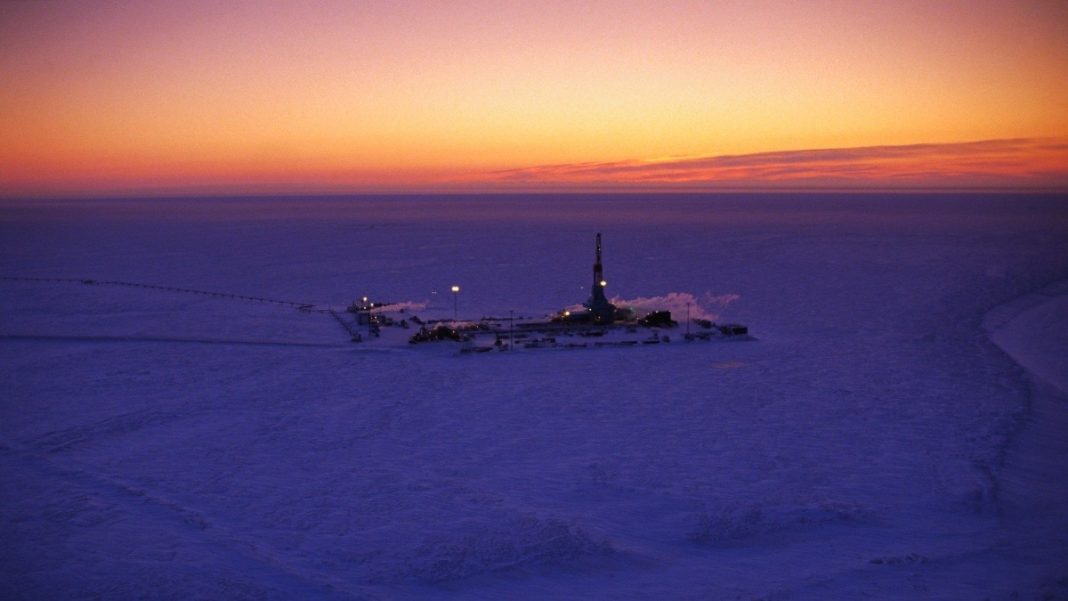Key Takeaways
- Utqiagvik, Alaska entered its annual Polar Night on the last sunset of 2025
- The sun will not rise again until January 22, 2026 – a 64-day period of darkness
- Despite no direct sunlight, the town experiences several hours of civil twilight daily
- The phenomenon affects weather patterns across North America through the Polar Vortex
America’s northernmost settlement, Utqiagvik, Alaska, has witnessed its final sunset of 2025 as the region enters the annual Polar Night. For the next 64 days, the sun will remain below the horizon, with residents not seeing sunlight again until January 22, 2026.
What Causes the 64-Day Polar Night?
This extraordinary phenomenon results from Earth’s axial tilt and Utqiagvik’s position above the Arctic Circle. The town’s location at the northernmost point of the United States makes it particularly susceptible to extreme seasonal light variations.
Despite the absence of direct sunlight, Utqiagvik won’t experience complete darkness. The community receives several hours of civil twilight daily – the faint blue light visible before dawn that provides some natural illumination during the long winter nights.
Life in America’s Northernmost City
Home to approximately 4,400 people, Utqiagvik lies about 800 kilometers northwest of Fairbanks and contains archaeological sites dating back to 500 CE. The prolonged darkness leads to dramatic temperature drops as diminished daytime heating takes effect.
Connection to Polar Vortex and Wider Impact
The Polar Night period closely connects with the formation of the Polar Vortex – a massive low-pressure system of extremely cold air in Earth’s stratosphere. This vortex can occasionally release frigid Arctic air southward, affecting weather patterns across the Lower 48 states.
Seasonal Extremes: Darkness and Midnight Sun
While winters bring over two months of darkness, summers provide a stark contrast with nearly three months of continuous daylight. This extreme variation creates a unique circadian rhythm for residents.
Remarkably, during summer months, Utqiagvik supports America’s northernmost football team at Barrow High School, demonstrating how the community embraces life despite extreme light conditions.
As residents adjust to this seasonal shift, they rely on civil twilight and the spectacular northern lights for illumination, anticipating the return of sunlight and warmer weather in late January. The Polar Night phenomenon underscores the remarkable adaptability of Arctic life and Earth’s axial tilt’s profound influence on human experience.





